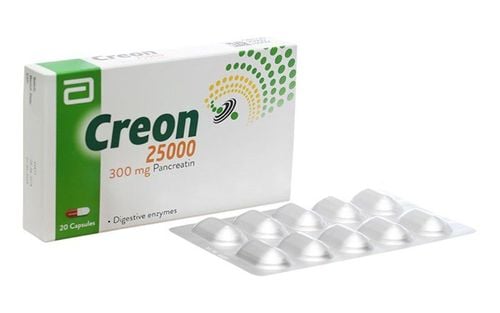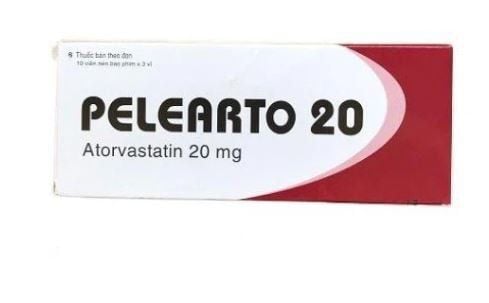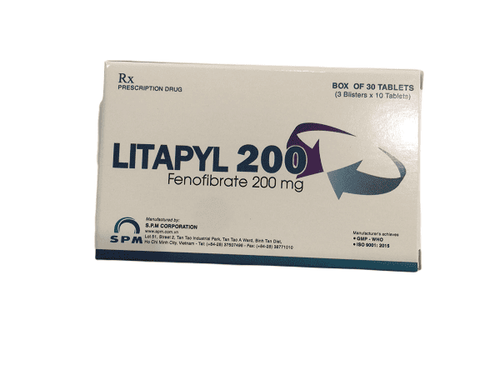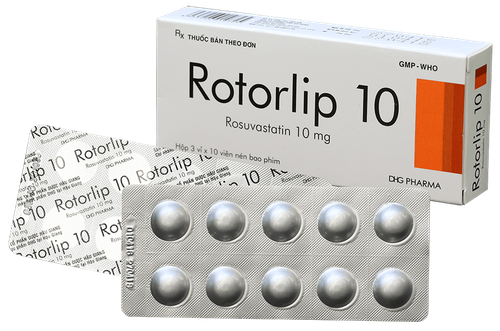This is an automatically translated article.
The article was written by Master - Doctor Le Thai Bao - Critical Care Doctor - Intensive Care Unit - Vinmec Times City International General Hospital.
Acute pancreatitis (VTC) is an acute inflammation of the pancreatic parenchyma, which may include damage to adjacent organs. Acute pancreatitis can lead to multiple organ failure and even death.
1. What is plasma exchange technique?
Plasma exchange technique (PEX) is the use of a filter to remove a part of plasma and plasma substances such as: autoimmune antibodies, immune complexes, cryoglobulins, protein-binding substances, endotoxins , exotoxins, bilirubin, triglycerides, drugs or toxins are circulating in the plasma ..... and a new amount of plasma is retransfused in equal volume, thereby improving the disease status and help patients recover quickly.
Plasma can be replaced with fresh frozen plasma (fresh frozen plasma) or with 5% Albumin.
2. Causes of acute pancreatitis
Acute pancreatitis due to various causes such as: Alcohol, gallstones and hyperlipidemia - Triglyceride (TG)...
Acute pancreatitis due to TG increase accounts for 1-14% of acute pancreatitis. The risk of acute pancreatitis increases when serum TG levels are > 500 mg/dl (5.6 mmol/l) and increases markedly when the concentration is above 1000 mg/dl (11.3 mmol/l).
The treatment to reduce TG is a measure to eliminate the cause and bring high efficiency with the goal of reducing TG < 500mg/dl (5.6 mmol/l).
There are many methods to remove TG: double filter (double filter), adsorption plasmapheresis (immunoadsorption plasmapheresis), plasma separation (plasmapheresis), plasma exchange. Of the above methods, plasma exchange is the fastest and most affordable method of TG removal.

3. Indications for plasma exchange in acute pancreatitis due to elevated Triglyceride (TG)
Clinical symptoms: Typical abdominal pain. Blood amylase increased > 3 times the normal value. Computed tomography: Diagnosis of acute pancreatitis. Test TG ≥ 11.3 mmol/l (1000 mg/dl). VTE is diagnosed and excluded due to other causes: gallstones, worms in the bile ducts, trauma....
4. Contraindications to plasma replacement in acute pancreatitis due to elevated Triglyceride (TG)
Cases of severe shock that cannot raise mean blood pressure > 55 mmHg with measures, fluids and vasopressors. Progressive bleeding. Severe coagulopathy, disseminated intravascular coagulation. Patients with severe allergy to the replacement fluid (plasma and albumin).
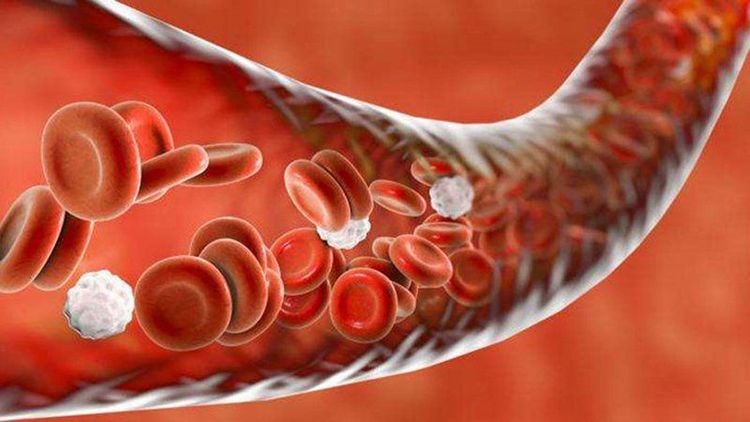
5. How to calculate the volume of plasma to be replaced
The displacement volume for 1 unit of PEX volume is calculated by the formula

6. Drugs used in plasma exchange
Anticoagulation Heparin: As indicated by each patient. Calcium chloride 2g (1gram IV after 30 minutes into PEX and 30 minutes before the end of PEX). Methylprednisolone 80mg IV 30 minutes before PEX for the purpose of preventing allergic reactions.
7. First aid equipment to prepare
Endotracheal intubation set Anaphylactic shock equipment Ambu ball, oxygen system Monitor monitor vital functions: Heart rate, SpO2, breathing rate, blood pressure.
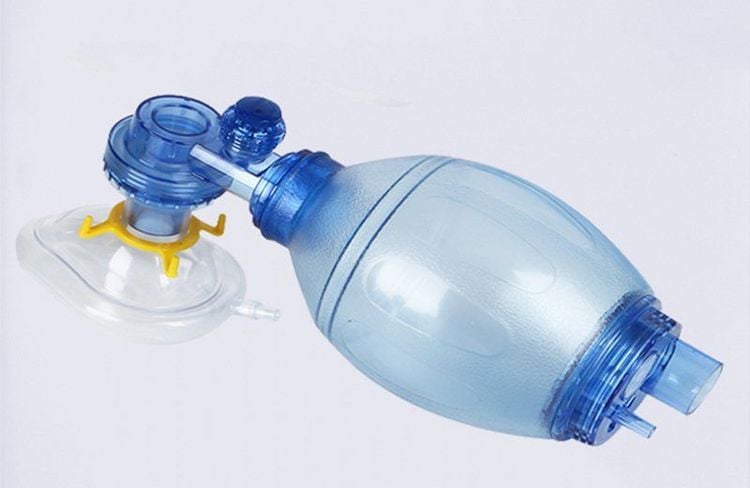
8. Prepare Patient Before PEX
Explain to the patient, the patient's family the benefits and side effects of PEX. The patient lies on his back with his head raised 300 (if there is no hypotension). The leg on the side of the IV catheter: straightened & rotated outward. If the internal jugular vein is placed: head flat, face to the opposite side Medical record: Check Anticoagulation protocol (risk classification and anticoagulation according to protocol).
9. Steps to take
Set up the extracorporeal circulation Connect the extracorporeal circulation with the patient Set the parameters for the machine to work End the plasma filtration process
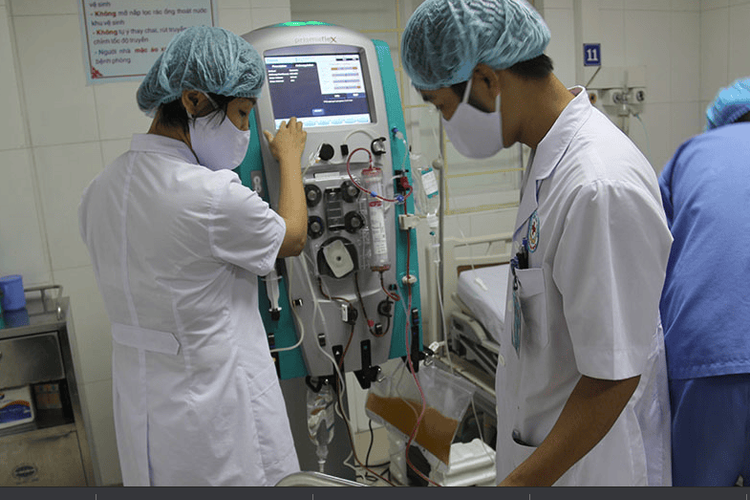
10. Monitoring during plasma filtration
Consciousness, pulse, temperature, blood pressure, breathing rate, SpO2. Ventilator parameters. Allergic reactions: pruritus, urticaria, dyspnea, anaphylaxis. Bleeding complications: Bleeding under the skin, mucous membranes, gastrointestinal tract, respiratory tract, brain, foot intravenous catheter. Check the dose of heparin. Monitor the parameters on the plasma dialysis machine. Arterial pressure (pressure into the machine). Intravenous pressure (pressure returning to the patient). Pre-membrane pressure. Transmembrane pressure.
Please dial HOTLINE for more information or register for an appointment HERE. Download MyVinmec app to make appointments faster and to manage your bookings easily.
MORE
What is plasma dialysis? What is the application of plasma replacement method? The function of plasma





